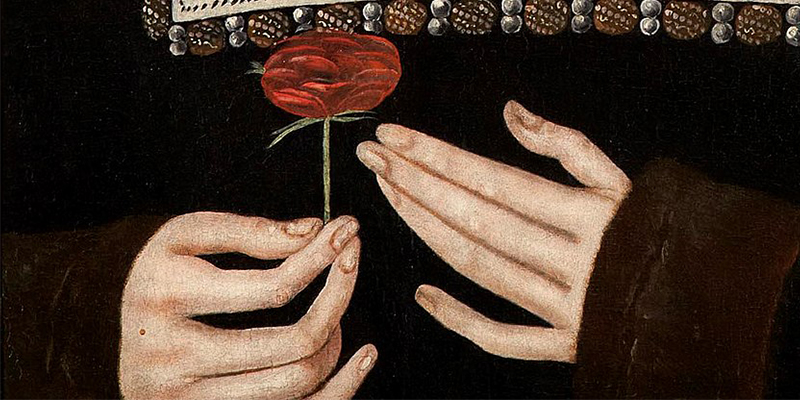Divorced, beheaded, died, divorced, beheaded, survived.
That’s the easy way to remember what happened to Henry VIII’s six wives, and even though four of them died natural deaths, he’s most known for executing two of them—both for treason and adultery, although only one was guilty. By the time he was searching for a fourth wife, eligible royal women throughout Europe were making excuses as to why marriage to the king was out of the question. Christina of Denmark allegedly made the comment that she would need two heads, one for disposal by the king of England.
It was this minefield I stepped into when deciding to write a modern retelling, with sixth wife Kate Parker (Catherine Parr) at its center. Why would a woman marry a man who’d had five previous wives? Catherine Parr—and all of the others, save for the first, Catherine of Aragon—hadn’t had any choice; Henry VIII was king and you didn’t say no when he wanted to marry you. But Kate Parker, in today’s world? She would be in a different position altogether.
And then, of course, there was a headless body—or two.
Being a crime novelist, I was on steadier ground with this. I’ve written about murder, which was commonplace in Tudor England.
Executions weren’t only for inconvenient wives; Henry VIII also had men who’d held high positions in his government beheaded, like Thomas More, who served as Lord High Chancellor, and Thomas Cromwell, who was his right-hand man for years. Moore’s crime was not denouncing Henry’s first marriage to Catherine of Aragon and acknowledging Anne Boleyn as queen. Cromwell made the mistake of convincing Henry that marrying Anne of Cleves would solidify a necessary alliance with Germany, which turned out to be wrong—and it didn’t help that it was hate at first sight for Henry and Anne.
If the people closest to him weren’t safe from the axe, it’s not a surprise that he also killed those he considered heretics like Elizabeth Barton and Anne Askew, as well as anyone who refused to take the oath of supremacy or who rose up in rebellion.
The Tudor court was a dangerous place, full of political machinations. Families elbowing their way to power and using whatever means they could to achieve it. Executions, including beheadings, hangings, drawing and quartering—it was all incredibly gruesome. A greedy, tyrannical king with a colossal ego who couldn’t possibly believe that a daughter would be able to rule—ironic, since his daughters proved to be more than up to the task. It all sounds like a season of Succession.
Tudor England has held a fascination that’s resonated for more than 500 years. Books, movies, TV shows, and even a Broadway show feed the public’s curiosity—regardless of historical accuracy. We dive into the pages of Philippa Gregory, Alison Weir, and Hilary Mantel. Richard Burton and Genevieve Bujold brought Henry and Anne Boleyn to life in Anne of a Thousand Days. Scarlett Johannsen is The Other Boleyn Girl. Jonathan Rhys Myers is a dashing Henry VIII in The Tudors—a far cry from the obese, gout-ridden king he became. All the wives have a pop concert-style sing-off on stage in the musical SIX.
And while the king is at the center of the stories, the Tudor women are the ones who continue to intrigue us the most. Six wives. Two daughters. A nine-day queen. A Scottish queen.
I wasn’t writing historical fiction, but I could work with and manipulate the history to bring these women into the present.
Catherine of Aragon was the daughter of Ferdinand and Isabella of Spain, and while Henry was off fighting the French, Catherine served as regent, directing an army against Scotland and was victorious. Her tenacity and warrior instincts would serve her well during the years Henry was seeking a divorce. If it weren’t for Anne Boleyn, we wouldn’t have seen the Reformation and the Church of England wouldn’t exist. Catherine Parr took it even further by befriending known “heretics” and writing religious reflections. She was the first woman to publish in English under her own name. Anne of Cleves was the real survivor; she never married again, but lived as an independent woman with a generous income and several homes, including Hever Castle.
It wasn’t difficult to tease out modernity, to reimagine these strong women who managed to make their own marks during a time when their sex was considered inferior—despite being the wives of a king who had no qualms about killing.
Ironically, by remembering them, by telling their stories over centuries, they’ve all survived.
***


















